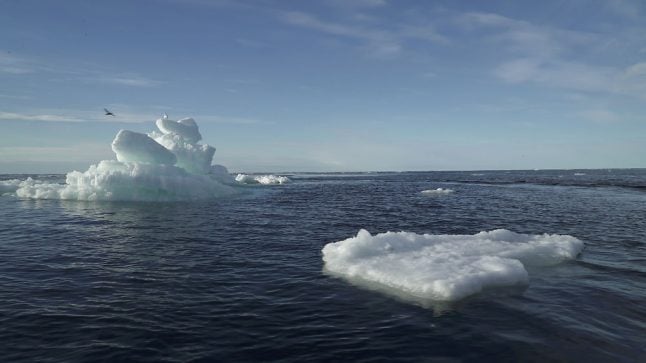“The October Arctic sea ice extent is going to be the lowest on record and the sea ice growth rate is slower than normal,” Rasmus Tonboe, a scientist at the Danish Meteorogical Institute (DMI), told AFP, noting that records went back to 1979.
Researchers noted as early as September the second lowest extent of sea ice recorded in the Arctic, though not quite hitting the levels recorded in 2012.
But warmer-than-normal sea water slowed the formation of new ice in October.
Water temperatures in the eastern part of the Arctic, north of Siberia, was two to four degrees warmer than normal, and in Baffin Bay, it was one to two degrees warmer, DMI said in a statement.
The institute said this was following a trend observed in recent years, which was described as a “vicious spiral.”
“It's a trend we've been seeing the past years, with a longer open water season making the sun warm the sea for a longer time, resulting in shorter winters so the ice doesn't grow as thick as it used to,” Tonboe said.
READ ALSO: Climate change sends melting Greenland ice 'past tipping point'



 Please whitelist us to continue reading.
Please whitelist us to continue reading.
Member comments